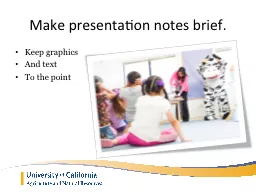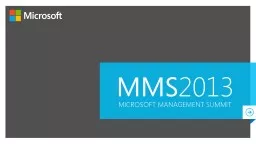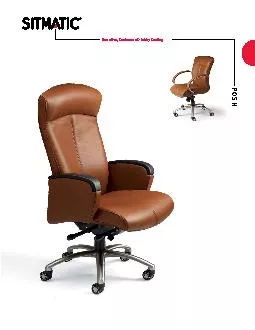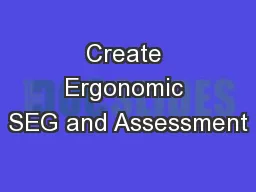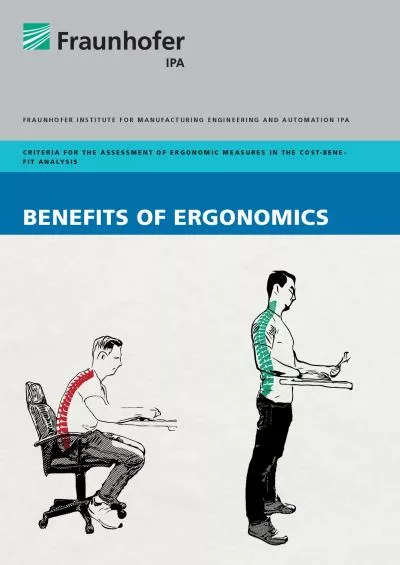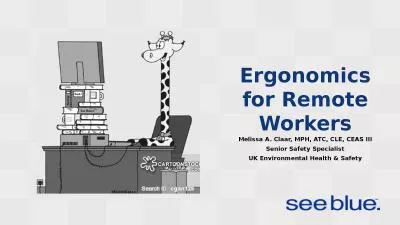PPT-2016 Ergonomic Program Updates and Training
Author : mitsue-stanley | Published Date : 2018-11-21
UC ANR All Staff Meeting July 21 2016 Malendia Maccree CIH UC ANR Environmental Health and Safety mmmaccreeucanredu 5302193732 Ergonomics Topics Be Smart About
Presentation Embed Code
Download Presentation
Download Presentation The PPT/PDF document "2016 Ergonomic Program Updates and Trai..." is the property of its rightful owner. Permission is granted to download and print the materials on this website for personal, non-commercial use only, and to display it on your personal computer provided you do not modify the materials and that you retain all copyright notices contained in the materials. By downloading content from our website, you accept the terms of this agreement.
2016 Ergonomic Program Updates and Training: Transcript
Download Rules Of Document
"2016 Ergonomic Program Updates and Training"The content belongs to its owner. You may download and print it for personal use, without modification, and keep all copyright notices. By downloading, you agree to these terms.
Related Documents

